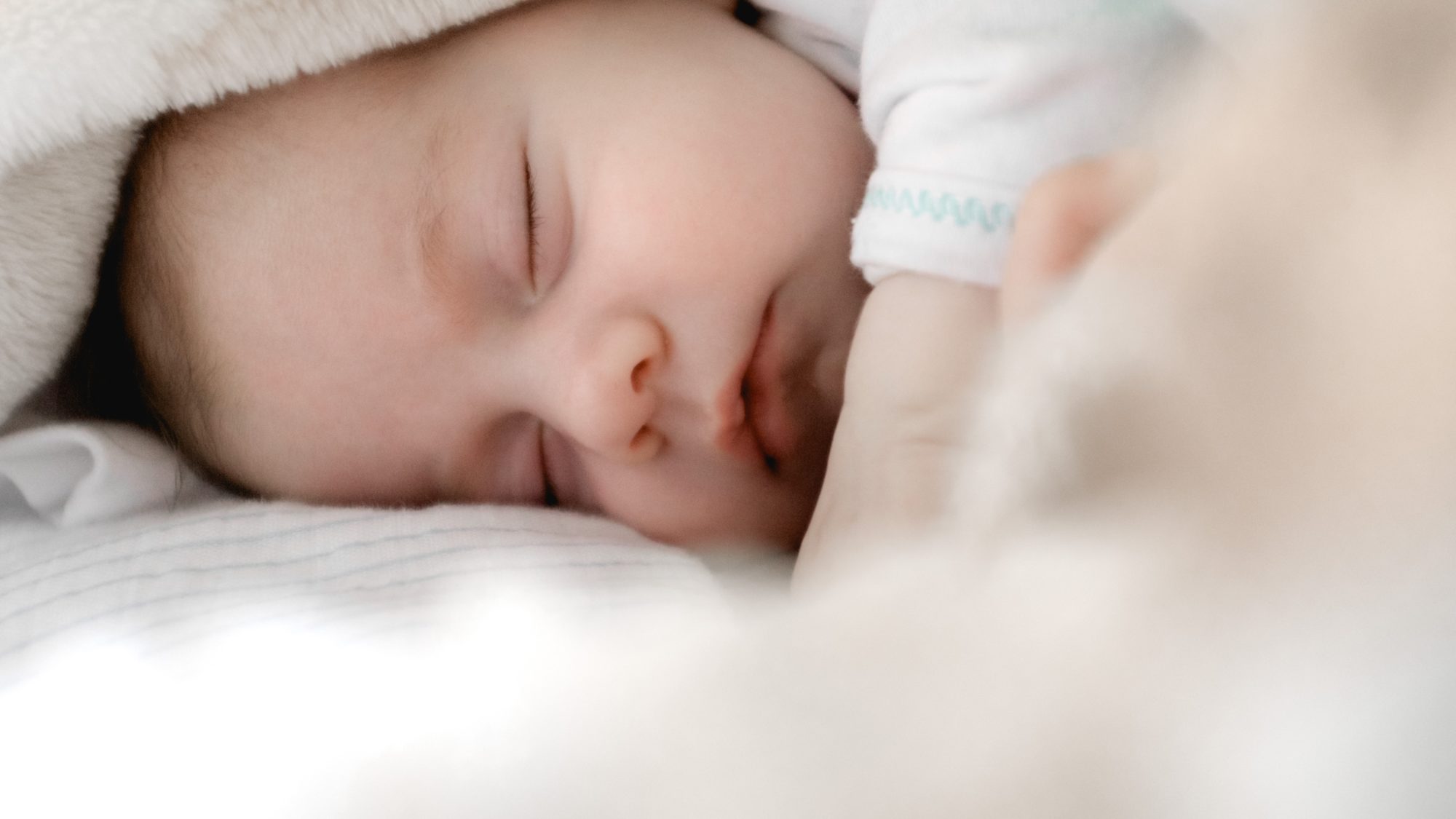In a new article (published in the special issue “Physiology of Sleep” in Current Opinion in Physiology) we review current knowledge and report that it is becoming clearer:
- How sleep is related to the wiring of our brain
- How the sleeping brain changes when children grow older
- That in very long waking phases the brain produces signals that are similar to sleep
- That these sleep-like signals relate to transitions of consciousness
What happens in the mysterious state of sleep?
The brain shows a unique activity, that is only found during the state of sleep: the slow oscillation. The slow oscillation cannot be measured during any waking activity and is present in sleeping humans as well as sleeping animals [1]. With cables “the electroencephalogram” – or EEG – the slow rhythm can be measured inside the brain, or at the skin of the scalp. The brain itself generates this rhythm that is indeed a “slow” pulse of only 1 wave each second.
The production of the slow oscillation allows us to measure how deep we are sleeping (= how deep our brain sleeps), and thus how likely we are to wake up. The deeper the sleep, the more intensely the slow oscillation is produced [2]. The slow waves are important for our brain recover, restore and recalibrate for the next day of waking [3, 4].
Sleep in children is different.
In adults, slow waves start most often over the front, and then distribute to other regions towards the back of the head [5]. In the article we present new findings in children: at school-age, the slow waves start mostly in the back of the head. When children reach adolescence, more and more slow waves start from the front [1].
This means two things: First, the brain wiring in sleep is not identical in children and adults. Second, children’s sleep per se is fundamentally different from adults – such that the state of sleep undergoes a process of maturation.
Why is this important?
Earlier research has shown that:
- Sleep is important to learn new things [3, 4, 6],
- When sleeping shorter than usual, children (= their brain activity) respond differently to this sleep-reduction, compared to adults [7]
- When we grow older, our brain wiring changes, a process that starts in the first days of life and lasts into the early thirties (!) [8]
Overall, we understand more and more how sufficient sleep, and particularly the slow waves, are important for maturation. It is possible that they support many learning processes that are happening during brain maturation.
Interestingly, the patterns of how the slow waves are moving across the head are not only changing with age, but they also change from the early night sleep to late sleep. This shows that also brain wiring changes from early to late sleep – it is less a „wire“ but rather a „dynamic“. We now understand that the sleep dynamics indicate how attentive or conscious we are at the moment.
Finally, the status of research shows that it is still not fully clear what effect slow waves and the slow oscillation have on our brain. They may just label what is going on in the brain, or they may help to strengthen specifically needed wiring of the brain. Possible functions could be, that they help to strengthen memory, they help us to stay “dynamic” and adapt to changing environments (evolution) or they support processes of brain development in children.
We thank Prof Igor Timofeev (Department of Psychiatry and Neuroscience, Université Laval, Québec, Canada), Prof. Monique LeBourgeois (Sleep and Development Laboratory, Department of Integrative Physiology, University of Colorado Boulder, Boulder, CO, USA), Prof. Reto Huber (Child Development Center, University Children’s Hospital Zurich, CH), and Dr. Brady Riedner (Wisconsin Institute for Sleep and Consciousness, Department of Psychiatry, University of Wisconsin-Madison, Madison, WI, USA) for this collaborative project. We acknowledge the support for this research: University of Zurich (Clinical Research Priority Program Sleep and Health; Forschungskredit FK-18-047; Medical Faculty; to SK), the Swiss National Science Foundation (PBZHP3-138801, PBZHP3-147180; PCEFP1-181279 to SK; P0ZHP1-178697 to SFS; PP00A-114923 to RH), the National Institutes of Health (MH-086566 to MKL); Canadian Institutes of Health Research (MOP-136969, MOP-136967 to IT), the National Institutes of Health (NS104368 to IT) and National Sciences and Engineering Research Council of Canada (298475 to IT). Photo by Peter Oslanec on Unsplash
References
[1] I. Timofeev, S. Schoch, M. LeBourgeois, R. Huber, B. Riedner, S. Kurth, Spatio-temporal properties of sleep slow waves and implications for development, Current Opinion in Physiology (in press).
[2] A.A. Borbély, P. Achermann, Homeostasis of human sleep and models of sleep regulation., in: M.H. Kryger, T. Roth, W.C. Dement (Eds.), Principles and Practice of Sleep Medicine W. B. Saunders, Philadelphia, 2000, pp. 377-390.
[3] G. Tononi, C. Cirelli, Sleep and the price of plasticity: from synaptic and cellular homeostasis to memory consolidation and integration, Neuron 81(1) (2014) 12-34.
[4] J.G. Klinzing, N. Niethard, J. Born, Mechanisms of systems memory consolidation during sleep, Nat Neurosci 22(10) (2019) 1598-1610.
[5] M. Massimini, R. Huber, F. Ferrarelli, S. Hill, G. Tononi, The sleep slow oscillation as a traveling wave, J Neurosci 24(31) (2004) 6862-70.
[6] R. Huber, M.F. Ghilardi, M. Massimini, G. Tononi, Local sleep and learning, Nature 430(6995) (2004) 78-81.
[7] S. Kurth, D.C. Dean, 3rd, P. Achermann, J. O’Muircheartaigh, R. Huber, S.C. Deoni, M.K. LeBourgeois, Increased Sleep Depth in Developing Neural Networks: New Insights from Sleep Restriction in Children, Front Hum Neurosci 10 (2016) 456.
[8] T. Paus, D.L. Collins, A.C. Evans, G. Leonard, B. Pike, A. Zijdenbos, Maturation of white matter in the human brain: a review of magnetic resonance studies, Brain Res Bull 54(3) (2001) 255-66.

